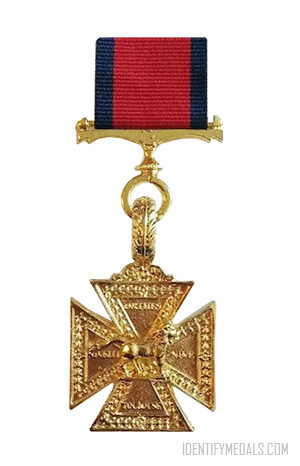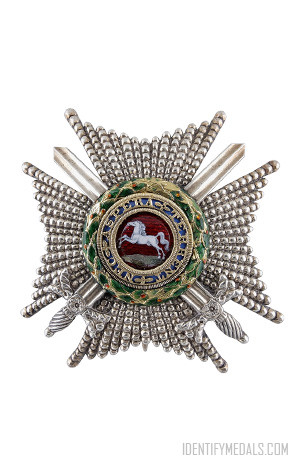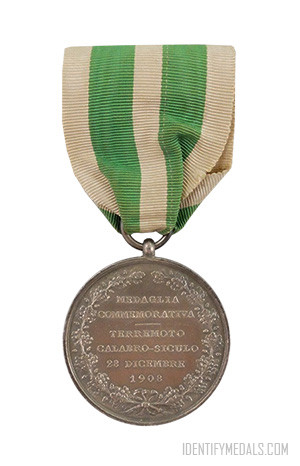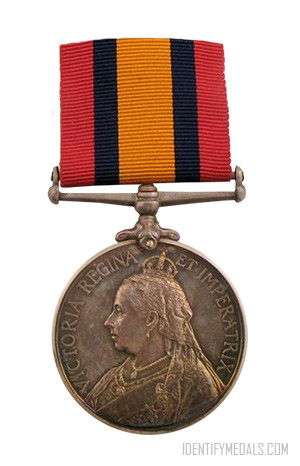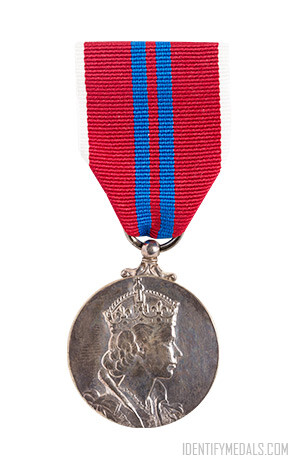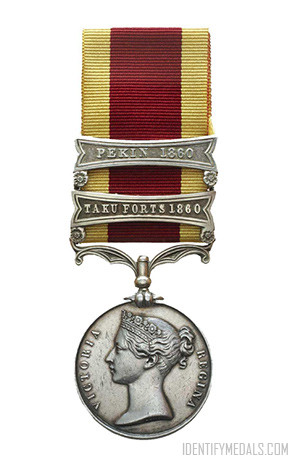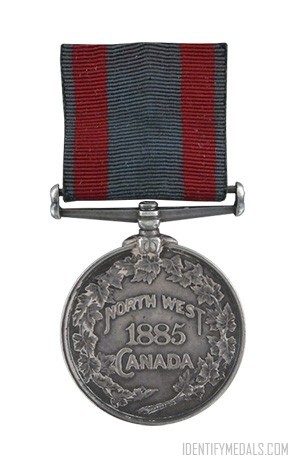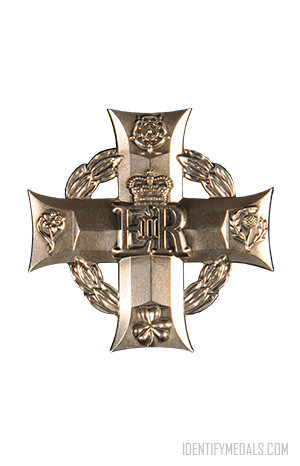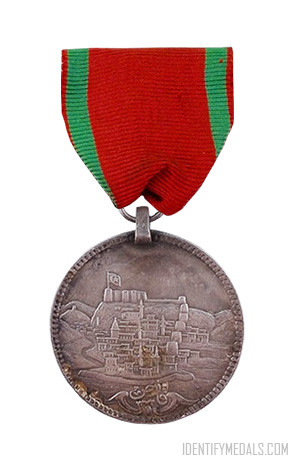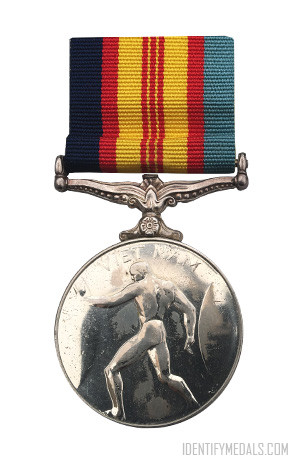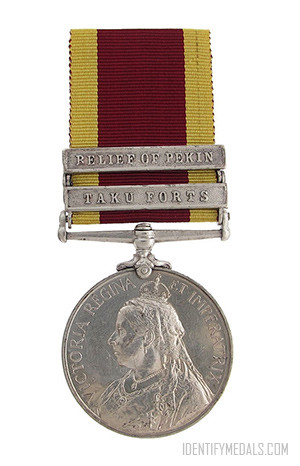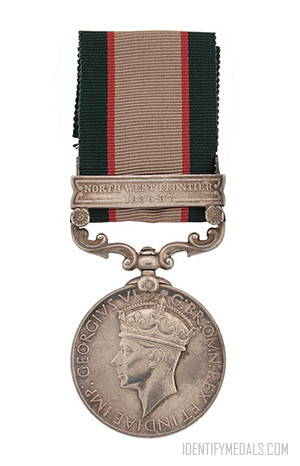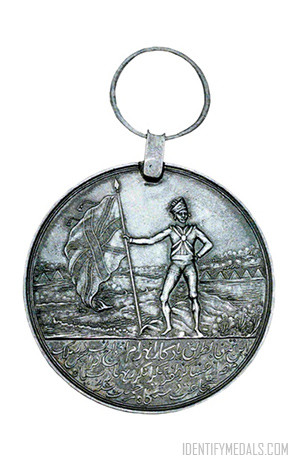- Time Period: Pre-WW1
- Year of Institution: 1794
- Country: Great Britain
The Army Gold Medal (also known as the Peninsular Gold Medal with an accompanying Gold Cross) is a British campaign medal awarded in recognition of field and general officers’ successful commands in campaigns, mainly the Peninsular War.
The Army Gold Medal was established in 1810 to reward service at Napoleonic War battles since 1808. It was awarded only to majors and above and in two sizes, with the larger going to senior officers. The award could be awarded posthumously and sent to the officer’s family.
The Army Gold Medal was not a general medal because it was issued only to officers whose status was no less than that of battalion commander or equivalent.
The Army Gold Medal Design
The medal came in three styles: Large, small and gold.
The Large Gold Medal was designed by Thomas Wyon and was restricted to general officers. It measures 2.12 inches (54 mm) in diameter, and is mounted in a gold frame, glazed on both sides. The obverse shows Britannia with shield, seated and facing left and holding a laurel wreath in her right hand and a palm branch in her left. Behind her, the head of a lion can be seen. The reverse displays a laurel wreath surround, with the name of the battle engraved in the center, although that for Barrosa was die struck.
The Small Gold Medal was awarded to officers between the rank of major and colonel. It measures 1.3 inches (33 mm) in diameter, it’s mounted in a gold frame and glazed, and of the same design as the Large Medal.
The Gold (or Peninsular) Cross was awarded to those who earned four or more gold medals, which it replaced. Worn around the neck, it is an ornamental cross pattée 1.5 inches (38 mm) across, with a proud lion at its center and the four qualifying actions embossed on its arms. The obverse and reverse are the same. Any further actions were marked with a clasp.

